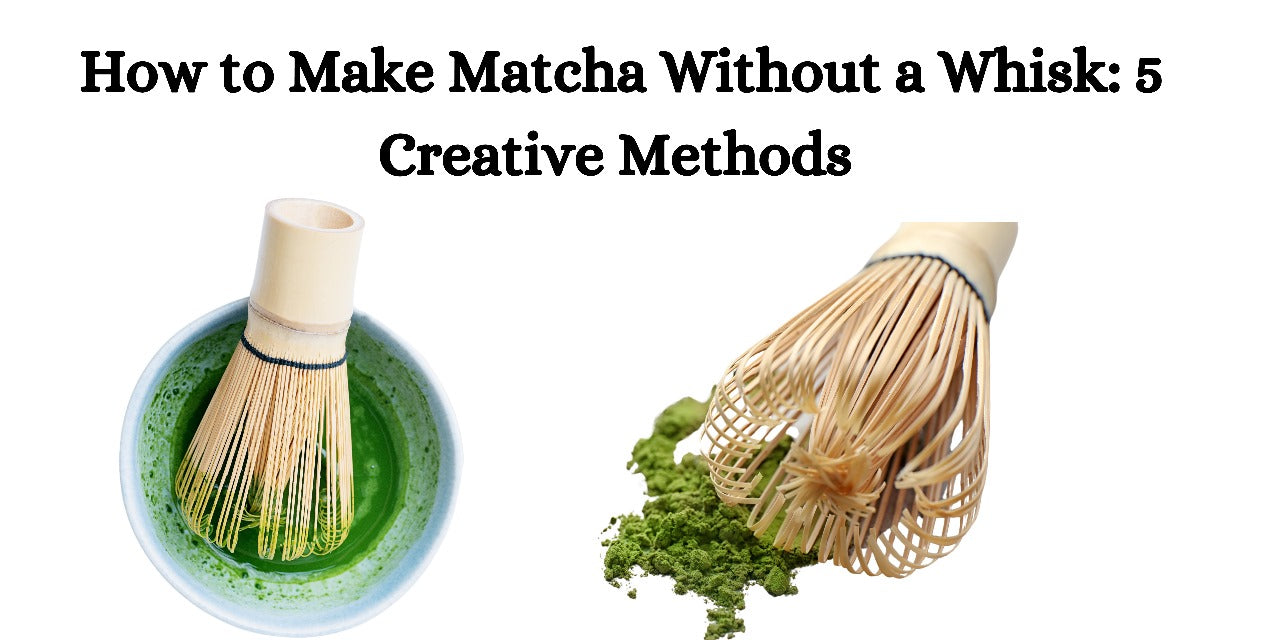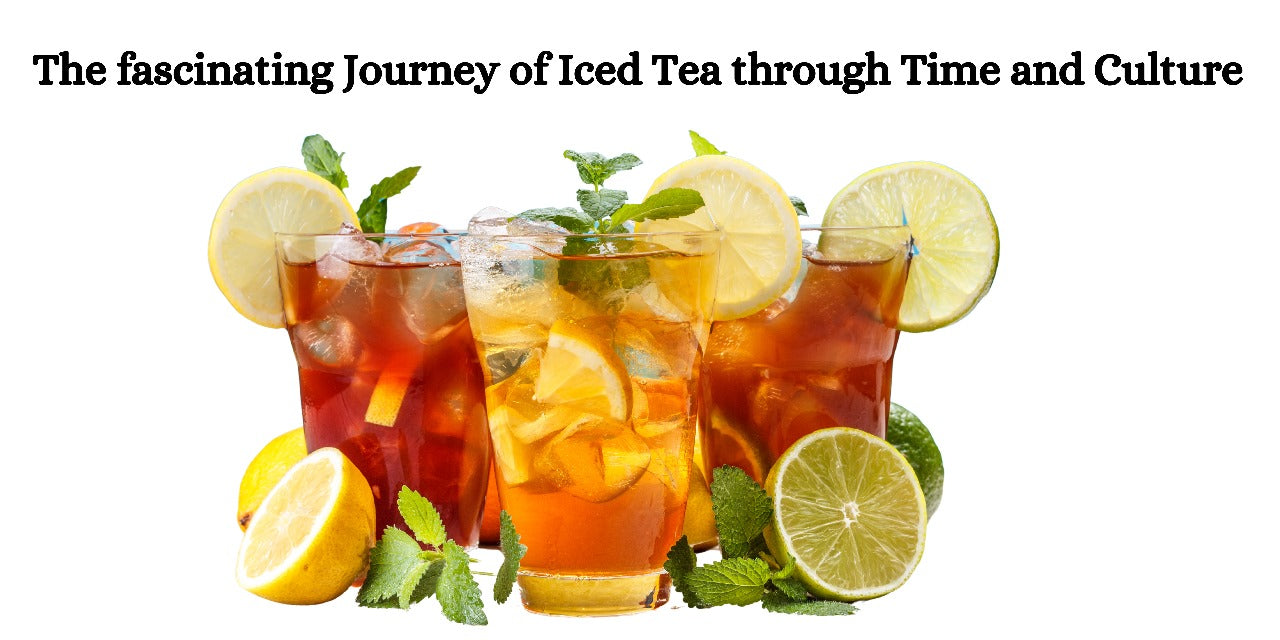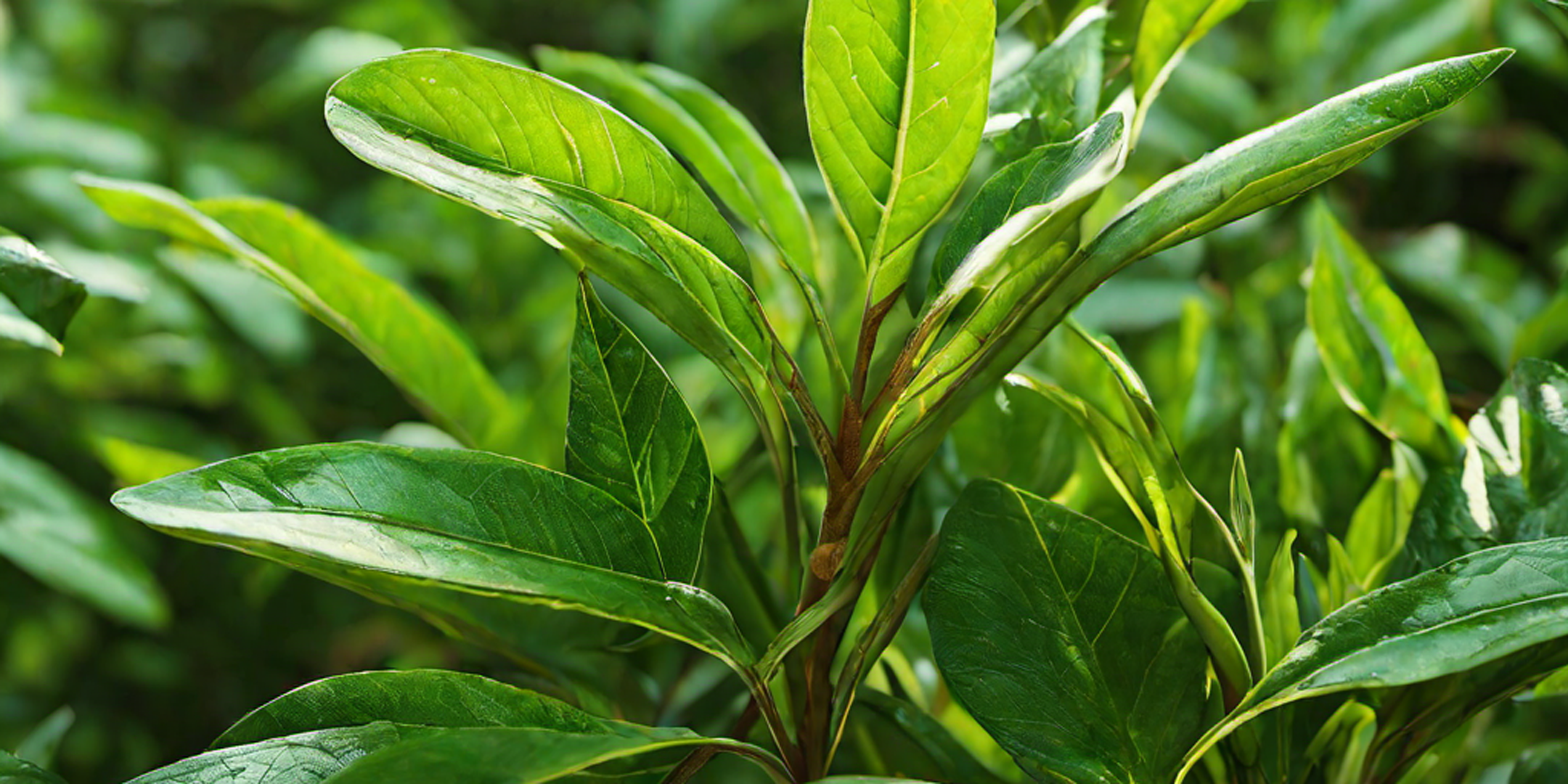Muscatel tea is not just any ordinary tea - it is a flavor that characterizes some teas grown in the picturesque region of Darjeeling, India. Darjeeling, nestled in the northeastern part of India, is home to 85 tea plantations that produce around 7 million kilos of tea annually. Among the various types of Darjeeling tea, muscatel tea stands out for its special and distinctive flavor.
Unveiling the Muscatel Flavor
Muscatel tea gets its name from the muscat grape, a flavor to which it is often compared. However, describing the flavor of muscatel tea is not an easy task. It is one of those flavors that is hard to put into words, but you know it when you taste it. The flavor is elusive, with nuances that vary from tea to tea. In an attempt to capture its essence, tea connoisseurs have described muscatel tea as having notes of dried raisins with a hay-like finish, sweet cantaloupe with honey drops, a hint of plum pulp and tobacco, a light fragrant note of fresh grapes with a hint of lychee, a mix of aromatic woodsy and sour elements, with a complex after-aroma, a spicy deep fruit taste, almost grilled-peach in nature, and even a combination of wine, wet fallen leaves, and the smell of cedar bark.
The Origins of Muscatel Flavor
To understand the origin of muscatel flavor, we need to delve into the unique conditions that prevail in Darjeeling during May and June. During these months, cold winds blow into Darjeeling, bringing along two insects: thrips and jassids. While these insects are usually considered pests in other industries, they play a crucial role in the tea industry, especially when it comes to muscatel tea.
Thrips and jassids feed on the tender tea leaves by sucking juices inside the leaves. This feeding process results in the green leaves turning yellow in color. As a defense mechanism, the tea bushes produce a substance called terpene, which gives rise to the muscatel flavor. Through moderate oxidation of terpene during the fermentation process, the tea gains the unique flavor that is cherished by tea enthusiasts.
Exploring Darjeeling Muscatel Tea
Darjeeling muscatel tea is the epitome of the second-flush tea produced in the region. It is a golden cup of tea that invites you with sweet citrusy notes and the warmth of honey. The appearance of the dry leaves is long and wiry, with hints of forest green that exude the aroma of oak wood and citrus zest. The infusion of the tea leaves results in glossy, dark brown leaves with the fragrance of pulpy fruits like peaches and the warmth of hazelnuts. The liquor, when brewed, exhibits a bright and deep fluorescent amber color, accompanied by juicy sweet notes and a smooth substantial body. The true muscatel notes reminiscent of tart passion fruit are rounded off by a finish of sweet honey.
Where to Find Darjeeling Muscatel Tea
If you are eager to experience the unique flavor of Darjeeling muscatel tea, there are several options available. You can explore various tea brands like Uphaar Tea and online stores that offer a range of muscatel teas.
In Conclusion
Muscatel tea is more than just a flavor; it is a sensory experience that tantalizes the taste buds and evokes a sense of luxury and sophistication. Its elusive and complex taste, reminiscent of muscat grapes, sets it apart from other teas. Whether you prefer the dried raisin and hay-like notes or the sweet cantaloupe and honey drops, muscatel tea offers a unique and unforgettable journey for tea enthusiasts.
Indulge in the allure of Darjeeling muscatel tea and embark on a flavorful exploration of one of the most treasured teas in the world. Let the enchanting aroma and exquisite taste transport you to the rolling hills of Darjeeling, where every sip reveals the essence of muscatel tea.




